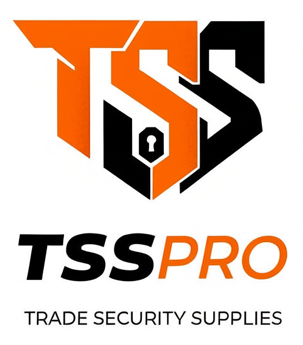Blog
Why Access Control might be the solution you need…
Whether you are primarily involved in UPVC repair, ironmongery, a master locksmith, CCTV installation, or even a door fabricator, it is likely that they are seeing an ever-increasing demand for Access Control, and electronic security in general. This may mean coming across faulty electric releases on communal entrances, being asked to install keypads in office buildings, or perhaps being asked by a homeowner to recommend and install smart home products to their home.
You may already be confident and experienced with the installation and repair of Access Control products, or you may not be, but you will likely be encountering electronic security products more frequently as they become more popular.
In this article, We break down the 3 main types of access control systems, and within each of these systems, every component part can be described as belonging to one of 7 main product categories. This simplified way of looking at it helps to ensure that when we discuss Access Control with you, we both understand your requirements whatever your experience level.
In this blog we will outline:
A brief introduction to Access Control in general, and why it is an increasingly important part of what we do.
The 3 Access Control System types, the 7 product categories, and what they all mean.
What is Access Control?
Broadly speaking Access Control means just that, controlling the access that a person has to a defined area (the Secured Area) using a wide variety of electronic security methods to identify who that person is. These methods may include a code, proximity cards, tokens or fobs, or even a fingerprint, etc. These methods are referred to as Credentials. Credentials are one of the 7 product categories we mentioned earlier and will be discussed later in more detail. Historically with traditional security products, the credential has most often been an old-fashioned key, but modern access control credentials can offer many more benefits.
The main benefit of Access Control over traditional keyed security is its versatility. Access Control can be re-programmed, managed, and integrated into other systems such as fire alarms, etc. These advantages can eliminate the costs of key duplication and the cost of replacing locks when keys have been compromised. Additionally, Access Control allows the use of software to interrogate a system to extract information, such as when a door was last opened, who opened it, or if somebody tried to open it but was denied access for example. To summarise, Access Control offers a significant advantage in terms of adaptability, functionality, and long-term management costs.
As the technology evolves and becomes more and more cost-effective, the use of credentials over keys to control access has become commonplace.








